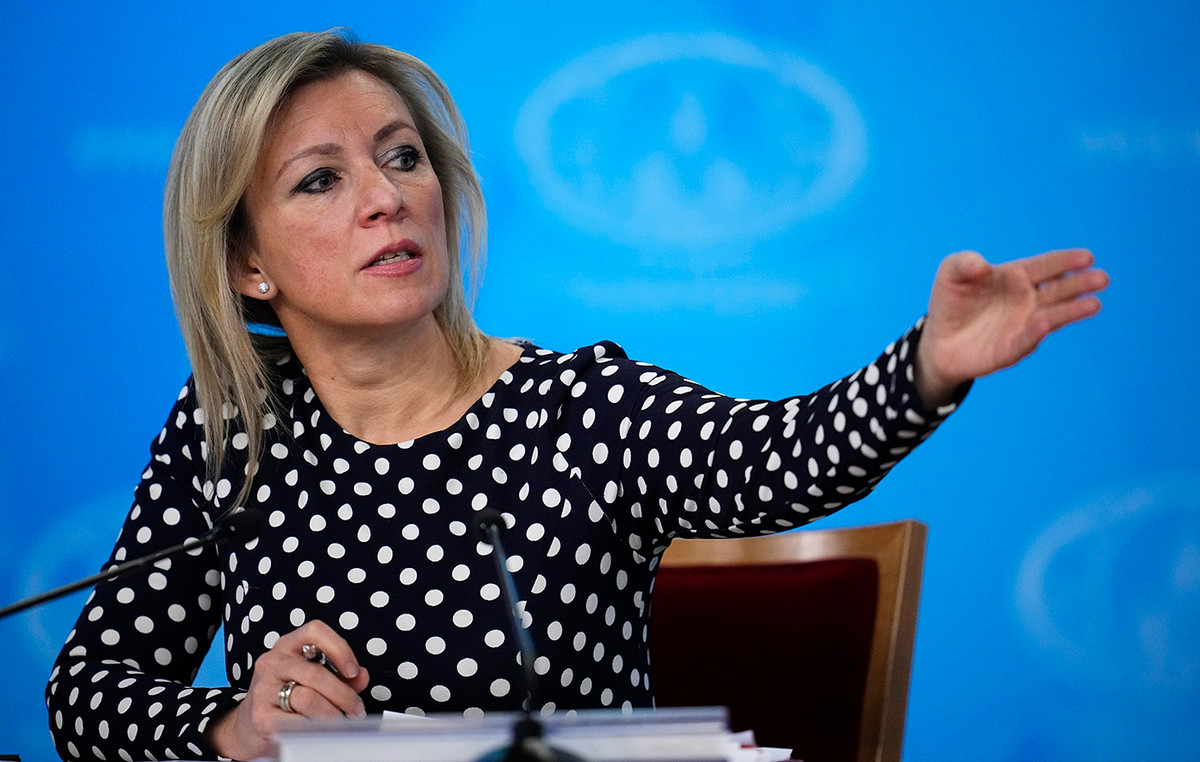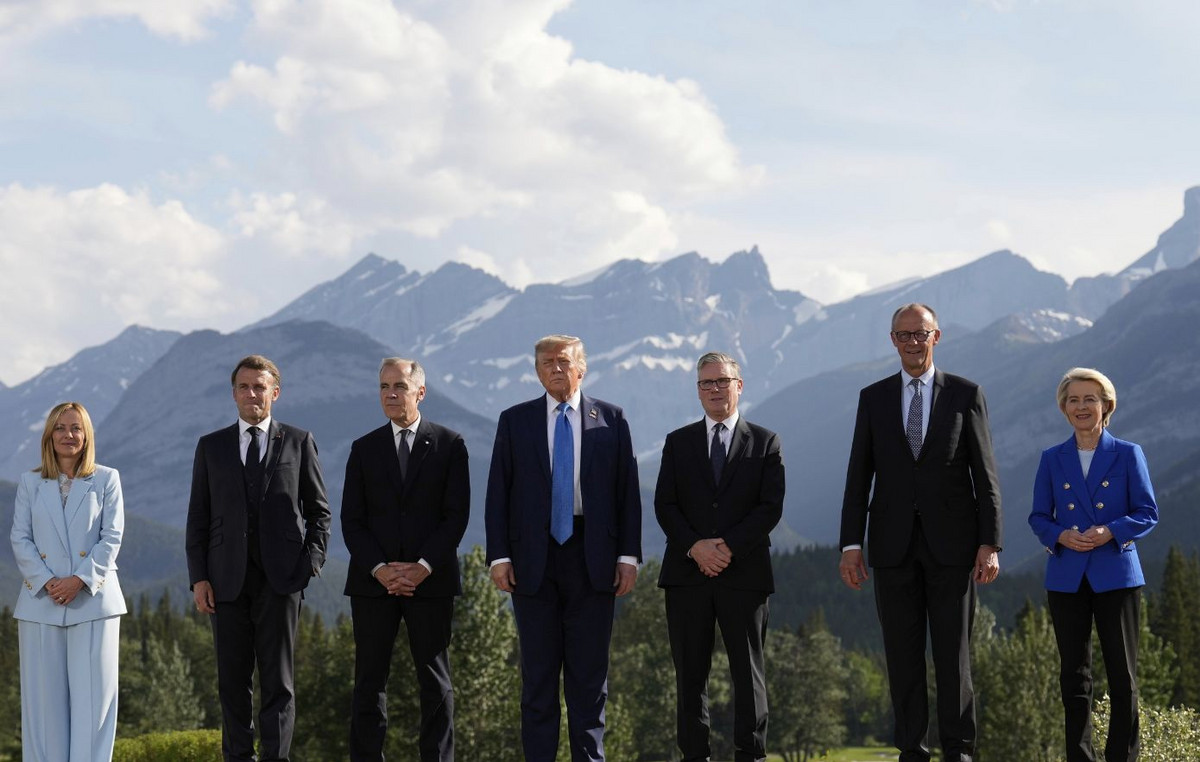He US dollar once again prevails in the currency marketrising against the Brazilian Real this Tuesday, driven by Donald Trump’s words about tariffs after his inauguration speech.
USD/BRL today tested a daily low at 6.0315 and then rose to a daily high of 6.0675.
At the time of writing, the price of USD/BRL is trading above 6.0563, gaining 0.41% in what we have been doing for the day.
The Brazilian real suffers the consequences of Trump’s tariff policy even if Brazil is excluded
- US President Donald Trump reported after the inauguration that he intends to impose 25% tariffs on Canada and Mexico, applicable as of February 1. Trump also threatened to impose tariffs on China if it does not approve a deal on TikTok.
- Although Trump did not mention Brazil in his comments, the Brazilian government fears retaliation, since the new president of the United States does not view Lula da Silva’s leftist government favorably. In fact, at his inauguration, the one present was the former Brazilian president, Jair Bolsonaro, very ideologically similar to Trump.
- It seems unlikely that the Trump administration will vary the tariffs with Brazil, since both countries have had a good trade relationship for decades. In 2024, the balance between exports and imports of both countries was favorable to the Americans by 253 million dollars.
US Dollar FAQs
The United States Dollar (USD) is the official currency of the United States of America, and the “de facto” currency of a significant number of other countries where it is in circulation alongside local banknotes. According to 2022 data, it is the most traded currency in the world, with more than 88% of all global currency exchange operations, equivalent to an average of $6.6 trillion in daily transactions. After World War II, the USD took over from the pound sterling as the world’s reserve currency.
The single most important factor influencing the value of the US Dollar is monetary policy, which is determined by the Federal Reserve (Fed). The Fed has two mandates: achieve price stability (control inflation) and promote full employment. Your main tool to achieve these two objectives is to adjust interest rates. When prices rise too quickly and inflation exceeds the 2% target set by the Fed, the Fed raises rates, which favors the price of the dollar. When Inflation falls below 2% or the unemployment rate is too high, the Fed can lower interest rates, which weighs on the Dollar.
In extreme situations, the Federal Reserve can also print more dollars and enact quantitative easing (QE). QE is the process by which the Fed substantially increases the flow of credit into a clogged financial system. This is an unconventional policy measure used when credit has dried up because banks do not lend to each other (for fear of counterparty default). It is a last resort when a simple lowering of interest rates is unlikely to achieve the necessary result. It was the Fed’s weapon of choice to combat the credit crunch that occurred during the Great Financial Crisis of 2008. It involves the Fed printing more dollars and using them to buy US government bonds, primarily from financial institutions. QE usually leads to a weakening of the US Dollar.
Quantitative tightening (QT) is the reverse process by which the Federal Reserve stops purchasing bonds from financial institutions and does not reinvest the principal of maturing portfolio securities in new purchases. It is usually positive for the US dollar.
Source: Fx Street
I am Joshua Winder, a senior-level journalist and editor at World Stock Market. I specialize in covering news related to the stock market and economic trends. With more than 8 years of experience in this field, I have become an expert in financial reporting.







